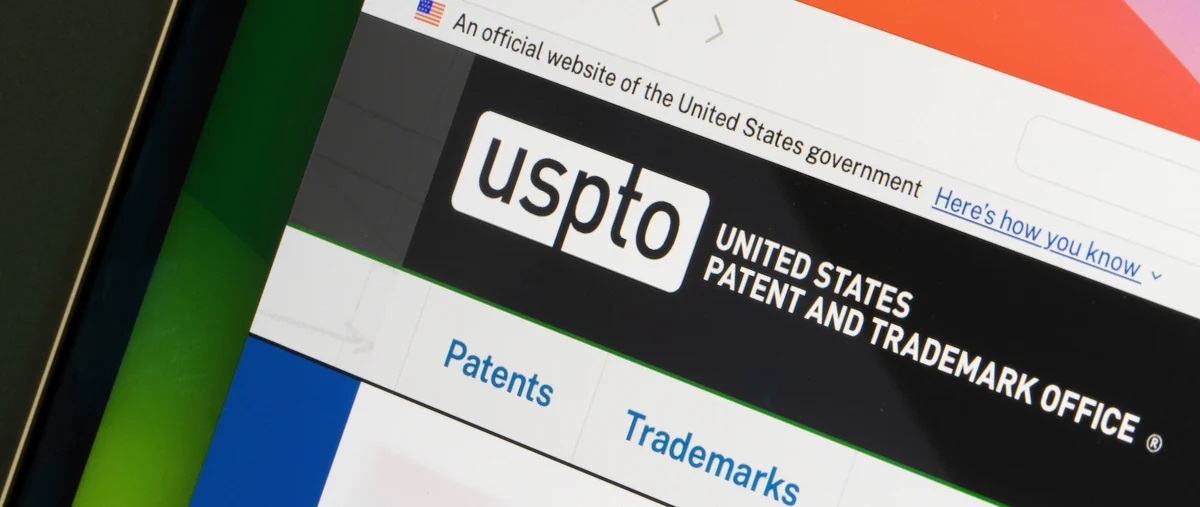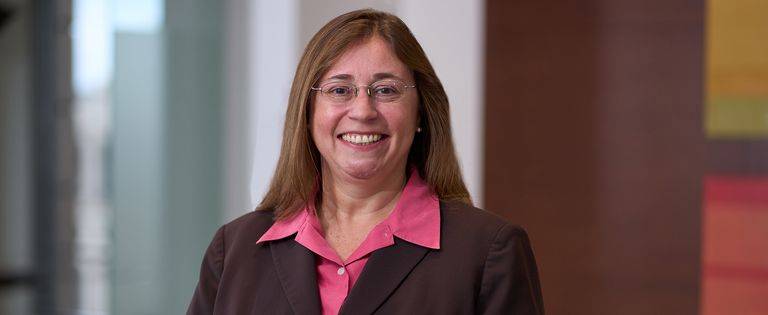Upcoming Changes to Trademark Filing Fees: A Guide to the U.S. Patent and Trademark Office’s New Regulations
Legal Alerts
11.18.24

As a part of the U.S. Patent and Trademark Office’s (PTO) periodic review of fees associated with trademark filings, in May 2023, the PTO began the process of proposing fee changes and soliciting comments pursuant to the rulemaking process. On November 15, 2024, the PTO announced the final rule to implement new fees on January 18, 2025, for most trademark filings (under Sections 1 and 44 of the Trademark Act) and on February 18, 2025, for Madrid filings (Section 66). While many of the fee changes involve routine increases to account for inflation and other factors, several new fees will affect filing procedures and filing strategies to avoid surcharges by filing more complete trademark applications and providing more information upfront. By imposing surcharges, the PTO hopes to streamline examination and avoid the burden on the Trademark Office associated with examining longer descriptions of goods and services, for example, or wording that is not pre-approved and contained in the Acceptable Goods and Services Manual. Applicants will need to decide whether it is advantageous (or not) to comply with certain filing requirements to avoid surcharges. A summary of the key changes follows.
Background and Summary of PTO Fee Changes
The PTO fees were proposed to align with its fee structure philosophy, including the following factors: (1) promote innovation strategies, (2) align fees with the full cost of trademark services, (3) set fees to facilitate the effective administration of the trademark system, and (4) offer application processing options.
Under the new rule, the PTO sets or adjusts 28 trademark fees, including the introduction of seven new fees in this rule. The PTO is also discontinuing four fees. The fee changes will see increases for routine fees to obtain and maintain a trademark registration (e.g., application filings, intent-to-use/use) filings, and post-registration maintenance fees).
Changes in Application Fees
Currently, the Trademark Office offers two types of application options for new (non-Madrid) applications: TEAS ($350/class) and TEAS Plus ($250/class), with TEAS Plus having more stringent initial filing requirements. TEAS Plus applications reduce manual processing and the potential for data entry errors at the PTO, making them more efficient and complete for the PTO and the applicant. The new rule “will replace TEAS Plus and TEAS Standard fees with a single electronic filing option and corresponding base application fee plus new surcharges based on application attributes.” The PTO will now have one base application fee of $350/class and impose surcharges if the applicant does not comply with certain requirements to take advantage of the lower fee. These fees are for electronic filings, as paper filings are rare and involve significantly higher fees.
The PTO is changing application filing fees to incentivize more complete and timely filings. Those applicants choosing to provide the required information upfront in their initial filing (comparable to TEAS Plus) will pay the lowest fees.
In addition to the basic filing fees for non-Madrid applications (i.e., Section 1 and 44 applications), applications with insufficient information, as described below, will entail a surcharge of $100 per class. For applications that do not use the pre-approved wording in the Acceptable Goods and Services Manual and instead use a “free form” description of goods and services, those applications will be subject to a $200 per class surcharge. For free-form descriptions of goods and services that exceed 1,000 characters (estimated to be about 11 lines of text), those applications will be subject to a $200 per class surcharge.
The PTO also proposed using the surcharges for Madrid filings. However, for the time being, the surcharges will not apply to Madrid filings because the World Intellectual Property Organization (WIPO) cannot currently administer the surcharges. To account for this, the PTO will instead increase the fees for requests for extension of protection to the U.S. from $500 to $600 (paid in Swiss francs to WIPO). The increased fee will be owed on Madrid applications on or after February 18, 2025.
What is Insufficient Information?
Applicants who submit more information in the initial application will be able to avoid a surcharge if they provide the following information in the initial application:
- The applicant’s name and domicile address;
- The applicant’s legal entity;
- The citizenship of each individual applicant, or the state or country of incorporation or organization of each juristic applicant;
- If the applicant is a domestic partnership, the names and citizenship of the general partners, or if the applicant is a domestic joint venture, the names and citizenship of the active members of the joint venture;
- If the applicant is a sole proprietorship, the state of organization of the sole proprietorship and the name and citizenship of the sole proprietor;
- One or more bases for filing that satisfy all the requirements of § 2.34. If more than one basis is set forth, the applicant must comply with the requirements of § 2.34 for each asserted basis (i.e., first dates of use in commerce and specimens for use-based applications under Section 1, and provide priority information and home-country registration information for Section 44 applications);
- If the application contains goods and/or services in more than one class, compliance with § 2.86 (i.e., fees for other classes and the necessary information for the basis of the application, as described above);
- A filing fee for each class of goods and/or services, as required by § 2.6(a)(1)(ii) or (iii);
- A verified statement that meets the requirements of § 2.33, dated and signed by a person properly authorized to sign on behalf of the owner pursuant to § 2.193(e)(1);
- If the applicant does not claim standard characters, the applicant must attach a digitized image of the mark. If the mark includes color, the drawing must show the mark in color;
- If the mark is in standard characters, a mark comprised only of characters in the Office’s standard character set, typed in the appropriate field of the application. If the mark includes color, a statement naming the color(s) and describing where the color(s) appears on the mark, and a claim that the color(s) is a feature of the mark;
- If the mark is not in standard characters, a description of the mark;
- If the mark includes non-English wording, an English translation of that wording;
- If the mark includes non-Latin characters, a transliteration of those characters;
- If the mark includes an individual’s name or likeness, either (1) a statement that identifies the living individual whose name or likeness the mark comprises and written consent of the individual, or (2) a statement that the name or likeness does not identify a living individual (see section 2(c) of the Act);
- If the applicant owns one or more registrations for the same mark, and the owner(s) last listed in Office records of the prior registration(s) for the same mark differs from the owner(s) listed in the application, a claim of ownership of the registration(s) identified by the registration number(s), pursuant to § 2.36;
- If the application is a concurrent use application, compliance with § 2.42;
- An applicant whose domicile is not located within the United States or its territories must designate an attorney as the applicant’s representative, pursuant to § 2.11(a), and include the attorney’s name, postal address, email address, and bar information; and
- Correctly classified goods and/or services, with an identification of goods and/or services from the Office’s Acceptable Identification of Goods and Services Manual within the electronic form.
Failure to provide the above information in the initial application will result in the “insufficient information” surcharge. While many of the above categories are objective, whether sufficient information has been provided for some categories is subjective. During the notice and comment period prior to announcing the final rule, many commenters raised issues with certain categories as being subjective or unknown, or difficult to gauge the sufficiency, such as the description of the mark or the translation. By way of example, many times, a description of the mark might not have sufficient detail, or a translation might not be readily known. The final rule acknowledges those comments and advises that applicants can raise issues or questions to point out the surcharge should not apply when filing Responses to Office Actions; however, it is currently unclear how the PTO will handle those objections. The responses to comments during rulemaking also provide guidance on other instances when surcharges may or may not apply. As another example, another response to a comment explains that certain amendments to goods and services contained within the Manual will not subject the applicant to a surcharge, such as adding exclusionary language.
Other Fee Increases
The PTO has seen decreases in post-registration filings in recent years and is seeking to recoup revenue through increases in some of those fees, as set forth below.

In raising post-registration fees, the PTO indicated that “costs to process maintenance filings have increased due to higher inflationary costs, post-registration audits, and elevated legal review to address potential fraud or improper filing behaviors.” Further, the PTO wants to rebalance revenue from these filings to keep barriers to entry low for new applicants filing trademark applications.
In addition to the post-registration fees, the PTO will also increase Petition fees and Letter of Protest fees. The Letter of Protest fees, initially instituted in 2021, will be increased from $50 to $150.
Implications of the New Fees and Rule
The changes to the application fees are the most significant aspect of the new rule because they are more than fee increases and amount to practice changes. These fees could involve more strategic considerations prior to filing, as some fees could be much higher than prior application fees. This could also complicate the budgeting process particularly because there can be many unknowns prior to filing. Further, while there are steps applicants can take to obtain pre-approval for wording in the Acceptable Goods and Services Manual, for example, many companies in emerging technologies will not be able to take advantage of those strategies because not all wording is in the Manual. Many applicants will need to decide if some of the cost-savings are worthwhile or if they can obtain broader protection by incurring some surcharges.


